
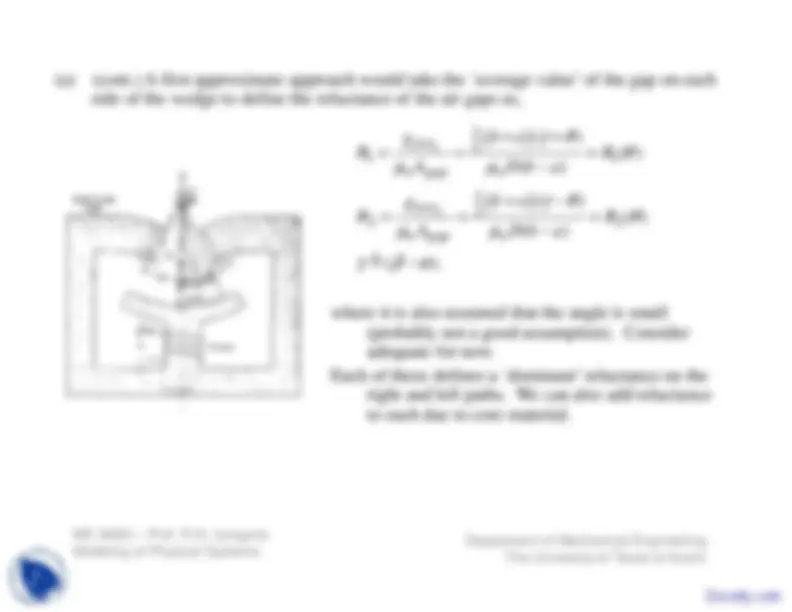
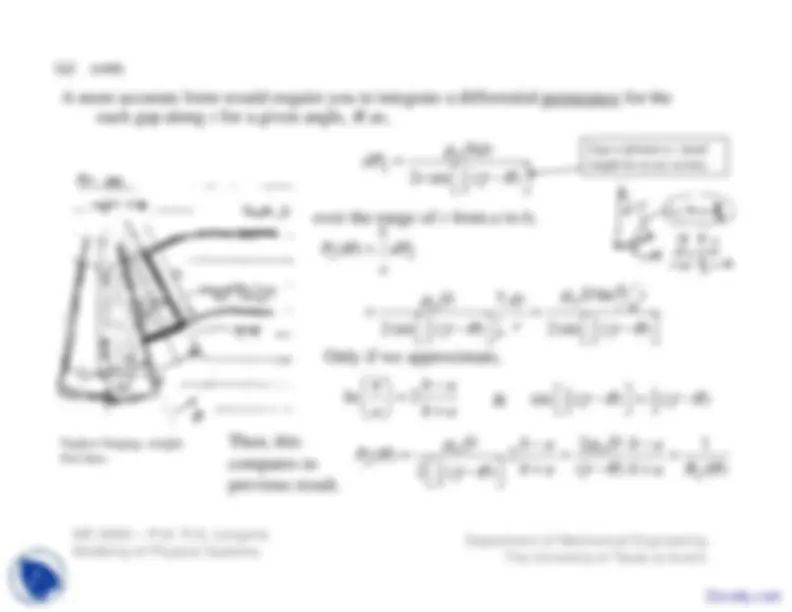
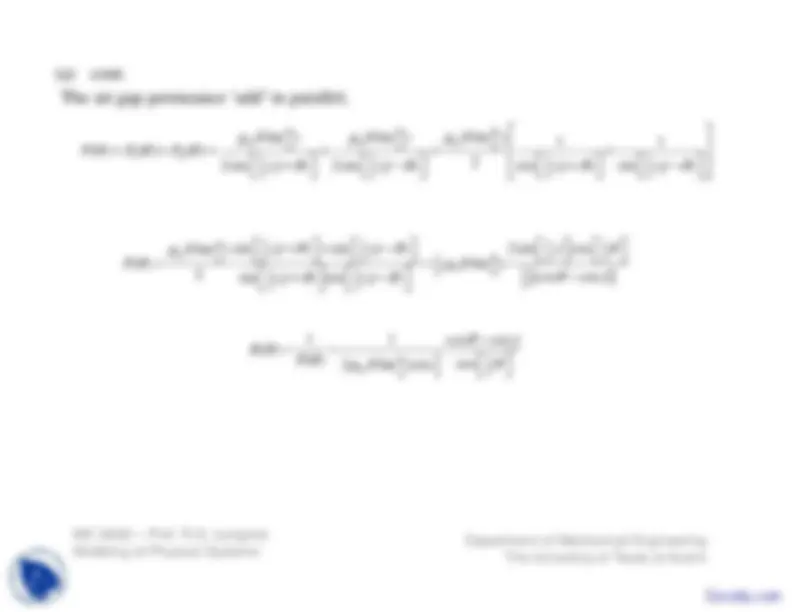
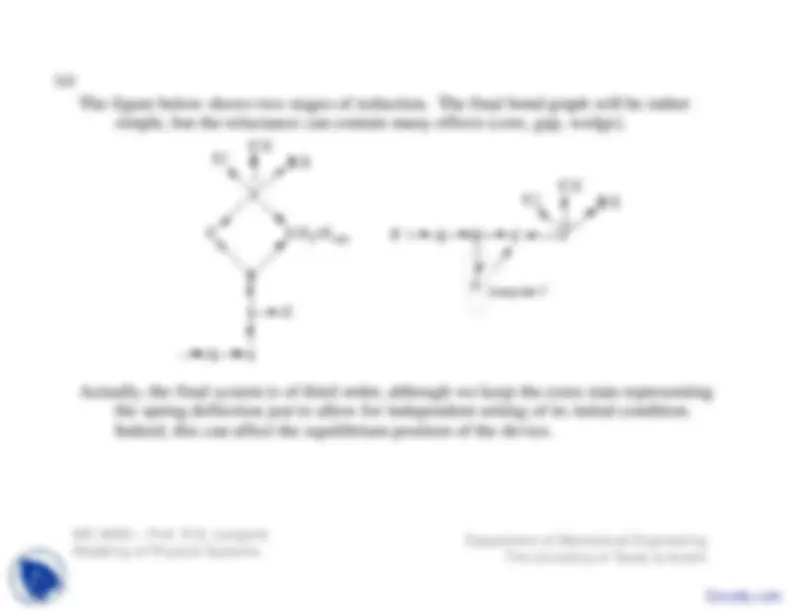
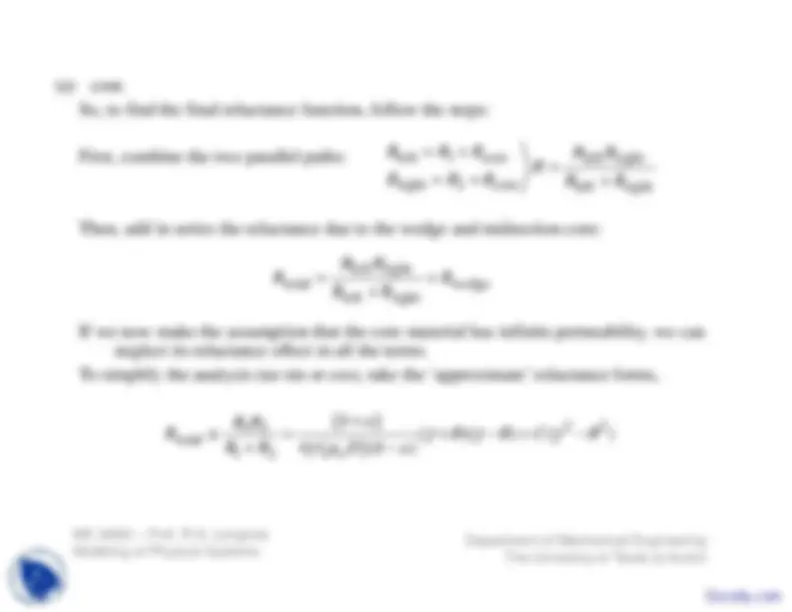
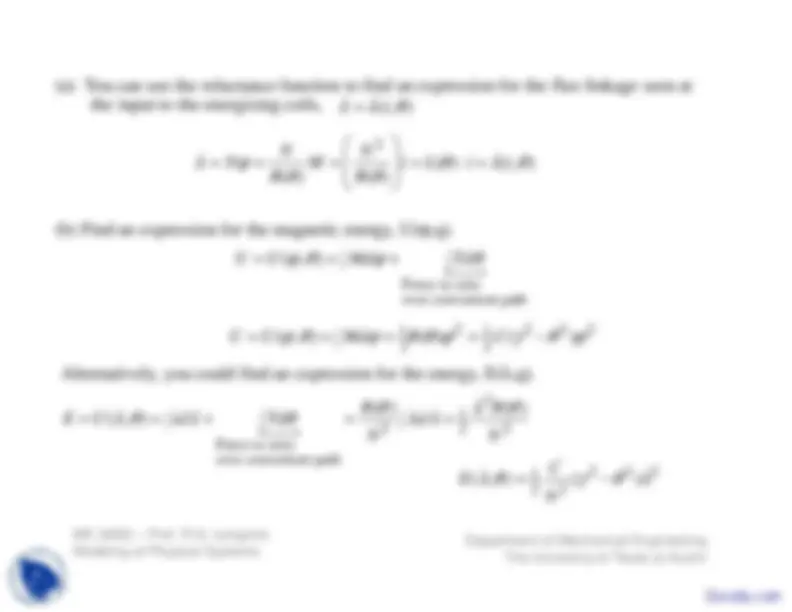
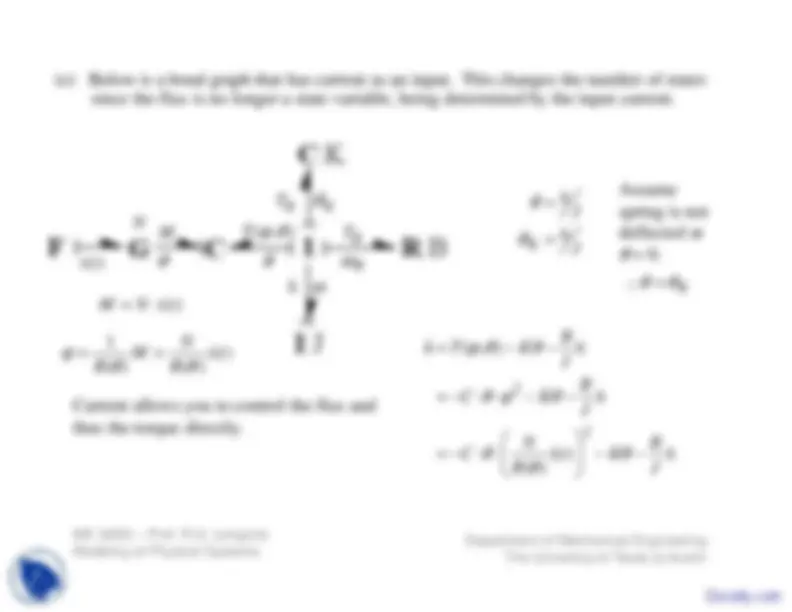
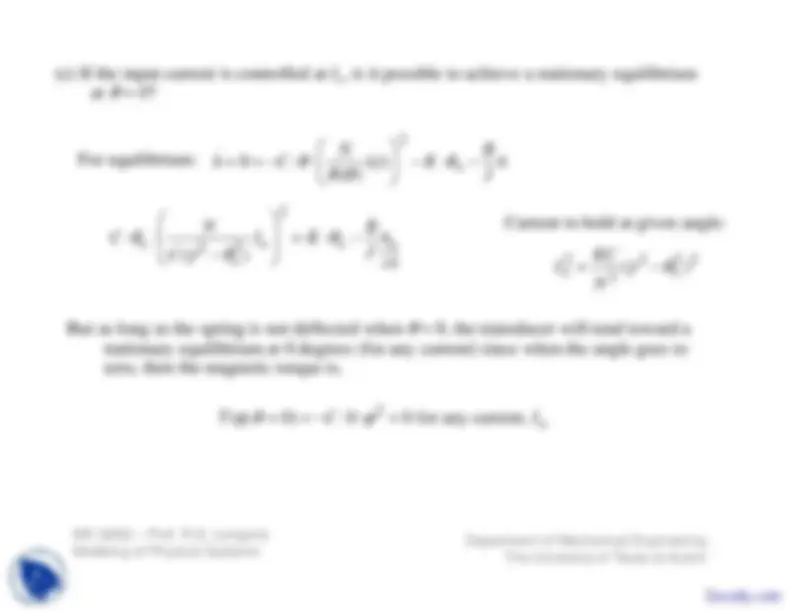
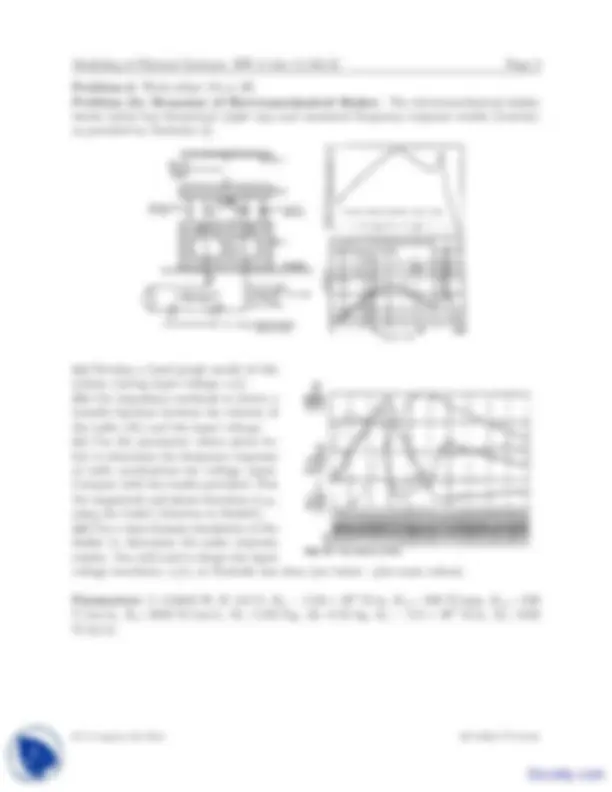
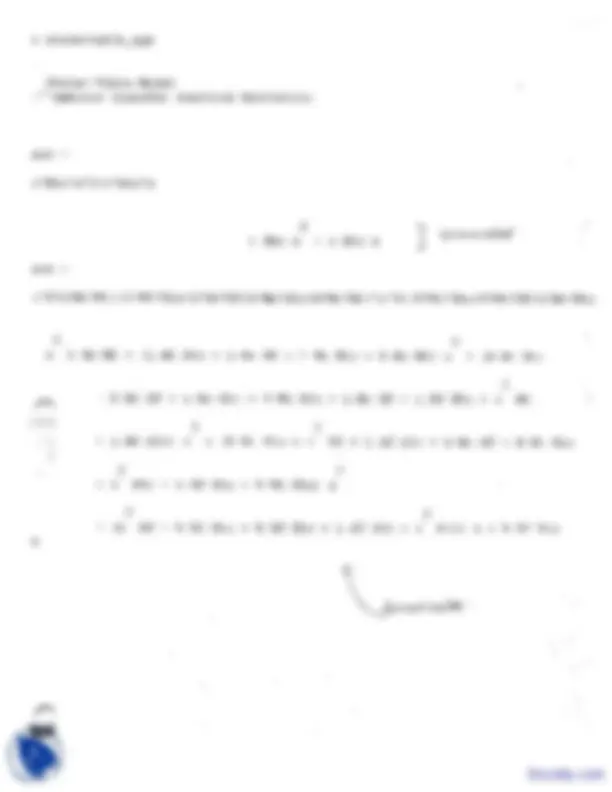
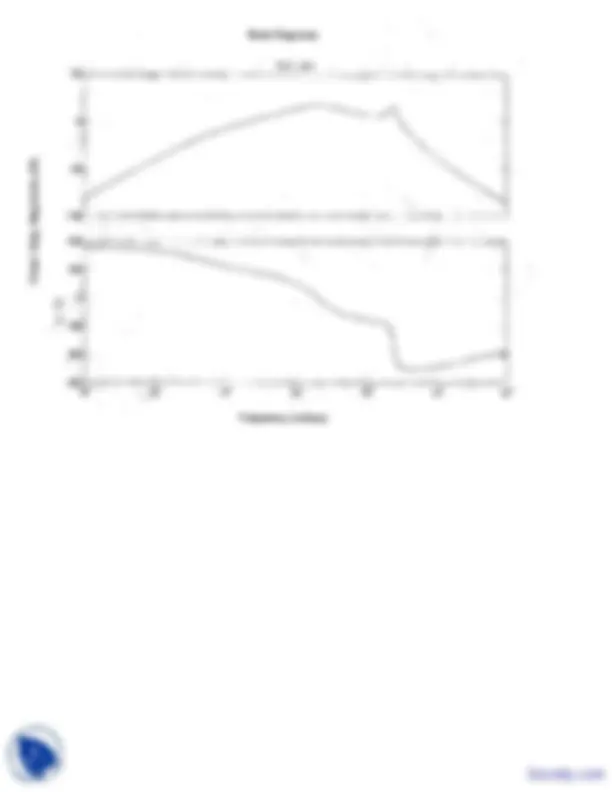
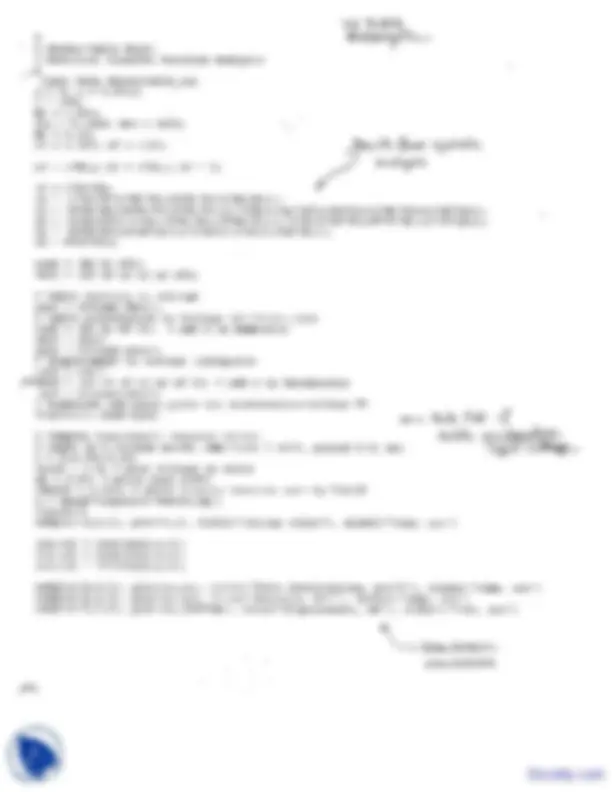
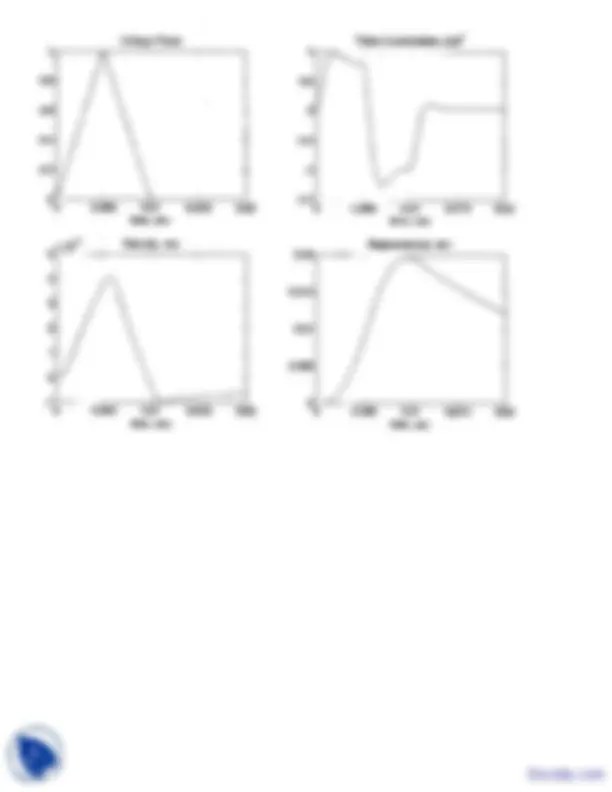
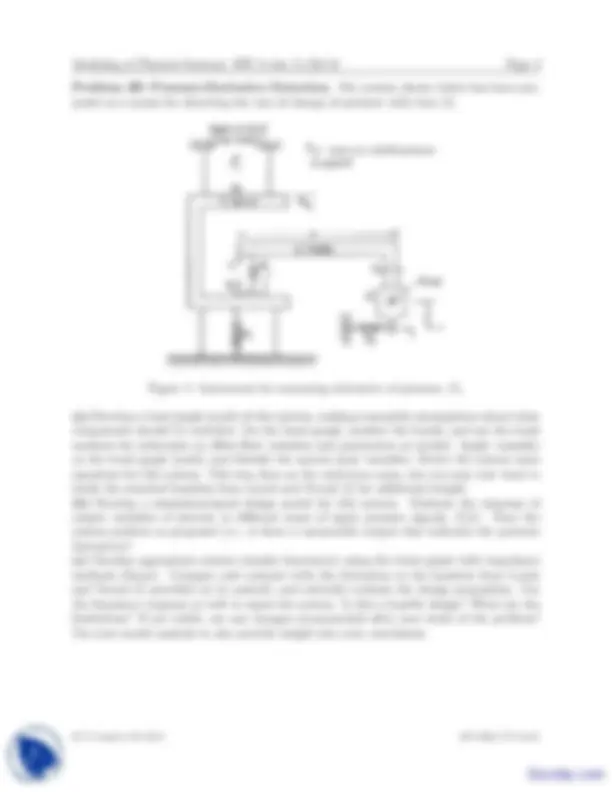
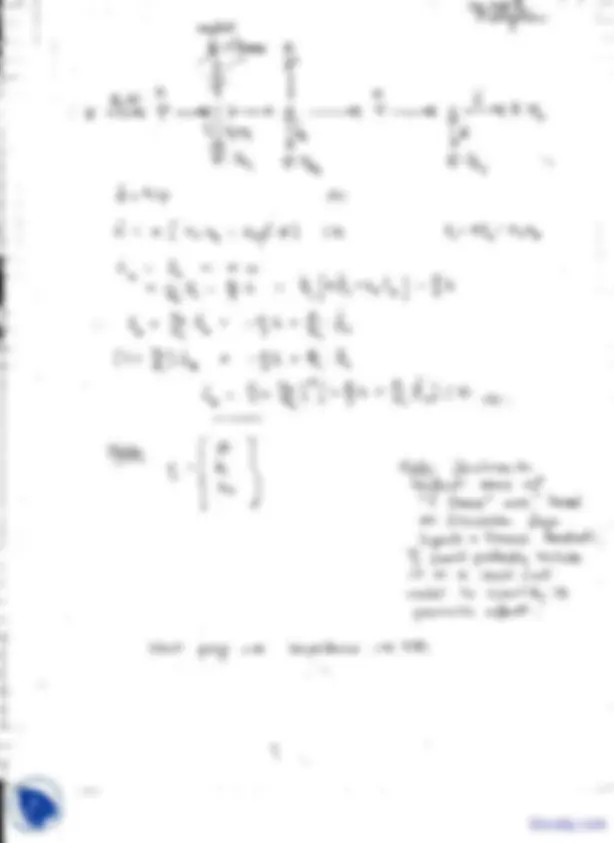
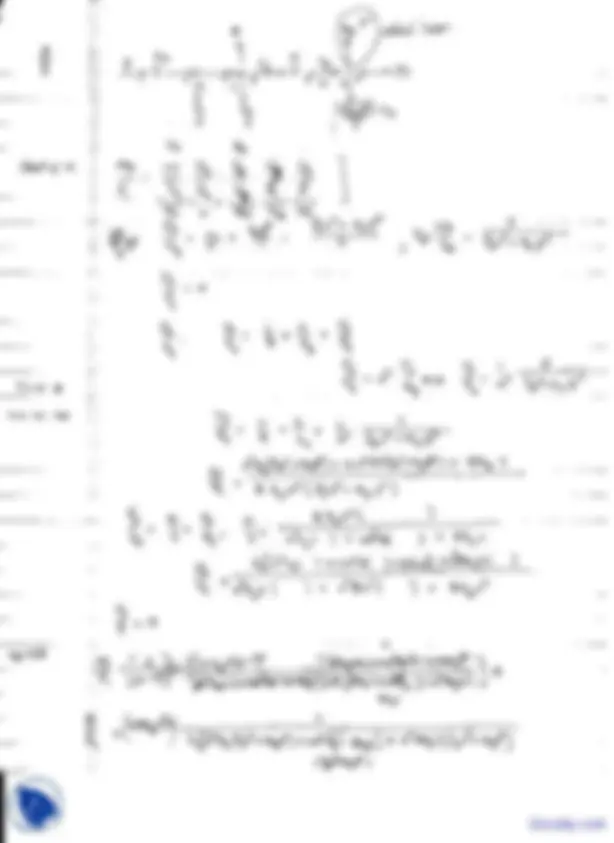

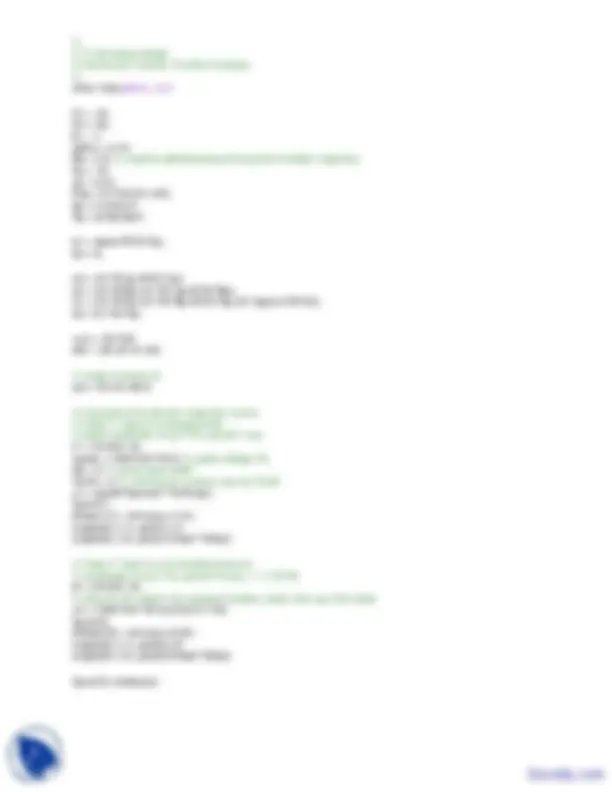
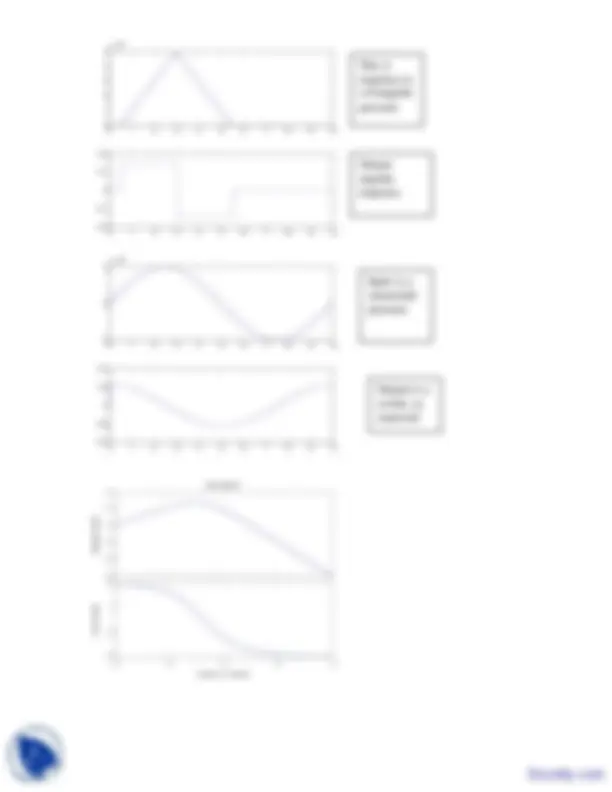
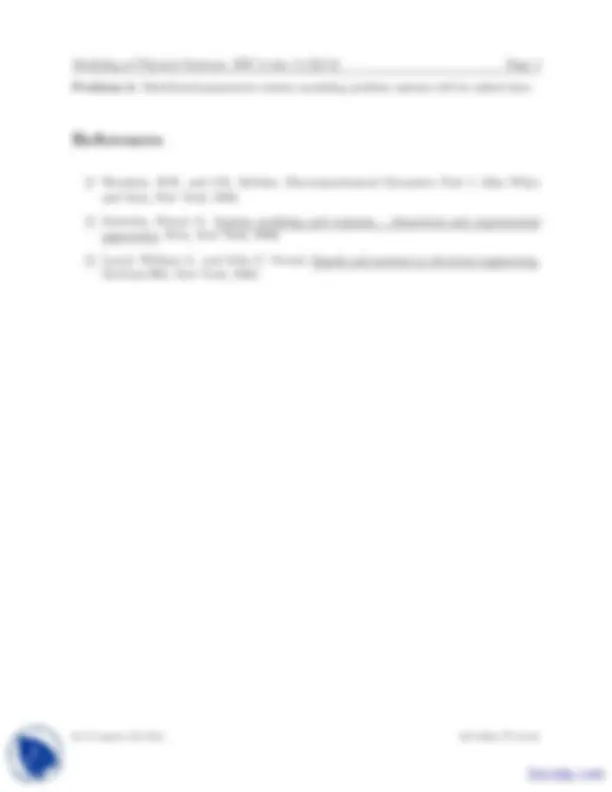


Study with the several resources on Docsity

Earn points by helping other students or get them with a premium plan


Prepare for your exams
Study with the several resources on Docsity

Earn points to download
Earn points by helping other students or get them with a premium plan
Community
Ask the community for help and clear up your study doubts
Discover the best universities in your country according to Docsity users
Free resources
Download our free guides on studying techniques, anxiety management strategies, and thesis advice from Docsity tutors
The main points in the home work assignment of the Modeling of Physical Systems are:Woodson and Melcher, Significance, Magnetomotive Force, Energy Function, Apply Causality, Sliding, Friction, Specified, Damping, Linear
Typology: Exercises
1 / 28

This page cannot be seen from the preview
Don't miss anything!





















Modeling of Physical Systems: HW 8–due 11/29/12 Page 1 Problem 1: Work this problem from Woodson and Melcher [1]:
Refer to the following as you work through steps (a) Sketch an equivalent magnetic circuit for this device/system using magnetic variables a to e: (do not use IC multiport). Explain the significance of using infinitely permeable materialsin deriving reluctance parameters as needed. Find the magnetomotive force, M = M (ϕ, θ), where (b) Derive the magneto-mechanical potential energy function, ϕ is magnetic flux, rather than the flux linkage, λ(i, θ). E(ϕ, θ), rather than the ‘mag- netic coenergy’, W (^) m′(i, θ). (c) (d) Derive the EM torque,Develop a complete bond graph for this system, apply causality, and derive state equa- T e(ϕ, θ). tions.electrical resistance in the coil, linear damping in the rotational pivot, and sliding friction Do not use current as an input, but instead use a voltage. Also, include some at the wedge/yoke interface. (e) What happens to your system if you change to a current input as specified here. Solve this problem for that case.
R.G. Longoria, Fall 2012 ME 383Q, UT-Austin
Docsity.com
ME 383Q – Prof. R.G. LongoriaModeling of Physical Systems
Department of Mechanical Engineering
The University of Texas at Austin
(a)
The shaded areas on the diagram to left represent equivalent magnetic storage to bemodeled with capacitive elements. An equivalent magnetic circuit can be drawn as on theright, leading to the initial bond graph for the circuit approximation farther below.
ME 383Q – Prof. R.G. LongoriaModeling of Physical Systems
Department of Mechanical Engineering
The University of Texas at Austin
2
1 2
2 sin
Ddr o
dP
r
(a)
cont. A more accurate form would require you to integrate a differential permeance for the
each gap along
r^
for a given angle,
over the range of
r^
from
a^
to^
b ,
2
2
1
1
2
2
ln(
2sin
2 sin
b a
b^
o
o
a
dP
b D
dr
a
r
Only if we approximate,
ln^
b^
b^
a
a^
b^ − a
2
1
2
2
o^
o
b^
a^
b^
a
b^
a^
b^
a^
1
1
2
2
sin
Then, thiscompares toprevious result.
Gap is defined as ‘chord’length for an arc section.
Neglect fringing; straightflux lines.
Docsity.com
ME 383Q – Prof. R.G. LongoriaModeling of Physical Systems
Department of Mechanical Engineering
The University of Texas at Austin
(a)
cont. The air gap permeance ‘add’ in parallel,
1
2
1
1
1
1
2
2
2
2
ln(
)
ln(
)
ln(
)
1
1
( )
( )
( )
2
2sin
(^
)^
2sin
(^
)^
sin
(^
)^
sin
(^
)
b^
b^
b
o^
o^
o
a^
a^
a
D^
D^
D
P^
P^
P
μ
μ
μ
θ^
θ^
θ^
γ^
θ
γ^
θ
γ^
θ
γ^
θ
^
^
=^
+^
=^
+^
=^
^
^
^
^
^
^
^
^
+^
−^
+^
−
^
^
^
^
^
^
^
^
[^
]
1
1
1
1
2
2
2
2
1 2
1
1
1
2
2
2
sin
(^
)^
sin
(^
)^
2sin
cos
ln(
)
( )
ln(
)
2
cos
cos
sin
(^
) sin
(^
)
b o^
a^
b o^
a
D
P^
D
γ^
θ
γ^
θ
γ
θ
μ θ
μ
θ^
γ
γ^
θ
γ^
θ
^
^
^
^
^
^
^
+^
+^
−
^
^
^
^
^
^
^
=^
=
^
^
^
^
−
+^
−
^
^
^
1 2
2
1
1
cos
cos
( )
( )
cos
2
ln(
b ) sin o^
a
R^
P^
D
γ
θ^
γ
θ^
θ
θ
μ
−
=^
=^
^
^
ME 383Q – Prof. R.G. LongoriaModeling of Physical Systems
Department of Mechanical Engineering
The University of Texas at Austin
(a)
cont.Now, it is important to see the connection between all the different contributions to the
reluctance. There are two parallel paths, as shown in schematic and bond graphbelow. After lumping the core and air gap reluctances on each side, and removing the
reference junction, the bond graph is simplified as shown on the followingpage, with coupling to the mechanical port on the air gap C’s.
ME 383Q – Prof. R.G. LongoriaModeling of Physical Systems
Department of Mechanical Engineering
The University of Texas at Austin
(a)
The figure below shows two stages of reduction. The final bond graph will be rather
simple, but the reluctance can contain many effects (core, gap, wedge). Actually, the final system is of third order, although we keep the extra state representing
the spring deflection just to allow for independent setting of its initial condition.Indeed, this can affect the equilibrium position of the device.
ME 383Q – Prof. R.G. LongoriaModeling of Physical Systems
Department of Mechanical Engineering
The University of Texas at Austin
(a) You can use the reluctance function to find an expression for the flux linkage seen at
the input to the energizing coils,
) i
λ^
λ^
(b) Find an expression for the magnetic energy, U(
ϕ,q). 2
i^
i^
i
Force to zero over convenient path
Md
Td
Alternatively, you could find an expression for the energy, E(
λ,q).
2
2
2
2
1
1
2
2
Md
ϕ θ
ϕ^
θ ϕ
γ^
θ^
ϕ
2 1
2
2
2
Force to zeroover convenient path
id^
Td
d
N^
2
2
2
1 2
2
ME 383Q – Prof. R.G. LongoriaModeling of Physical Systems
Department of Mechanical Engineering
The University of Texas at Austin
(c) Use both expressions to find the electromechanical torque exerted by the magnetic
field on the wedge.
2
2
2
1 2
2 (^
ϕ θ
ϕ θ
θ
γ^
θ^
ϕ
θ
θ ϕ ∂ =^
2
2
2
1 2
2 2
(^ ,^2
λ θ C N
λ θ
θ
γ^
θ^
λ
θ
θ^
λ
This just allows us to see how the
torque computes for eitherstate variable choice (
ϕ^ or λ).
ME 383Q – Prof. R.G. LongoriaModeling of Physical Systems
Department of Mechanical Engineering
The University of Texas at Austin
(e)
Below is a bond graph that has current as an input. This changes the number of states
since the flux is no longer a state variable, being determined by the input current.
2
2
h^
h J
h J
N^
i t
h
( ) i t
K^
K
T
h
i t
K
h^ J h^ J
K
N i t =^
Current allows you to control the flux andthus the torque directly.
ME 383Q – Prof. R.G. LongoriaModeling of Physical Systems
Department of Mechanical Engineering
The University of Texas at Austin
(e) If the input current is controlled at
Io
, is it possible to achieve a stationary equilibrium
at
2
o
h^
i t
h
2
2
2
0
o^
o^
o^
o
o N^
h J
θ
θ
γ^
θ^
=
2
0 for any current,
o
But as long as the spring is not deflected when
stationary equilibrium at 0 degrees (for any current) since when the angle goes tozero, then the magnetic torque is, For equilibrium:
2
2
2 2
( 2
o^
o
Current to hold at given angle: